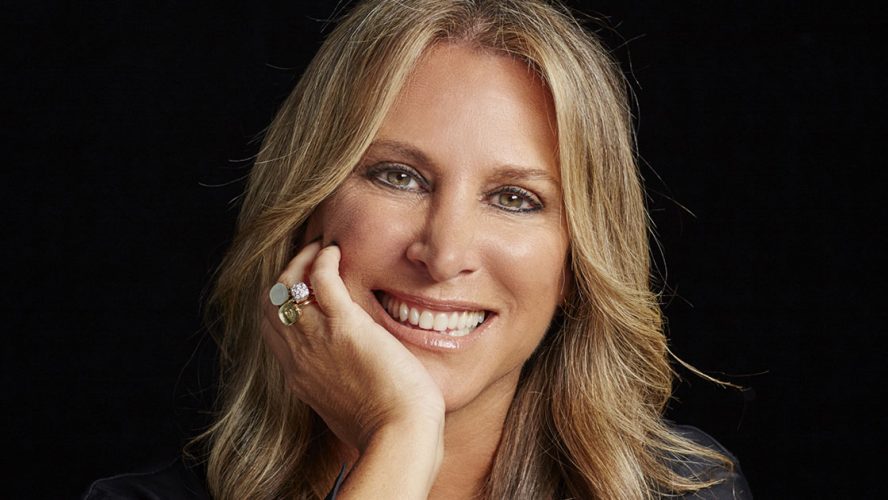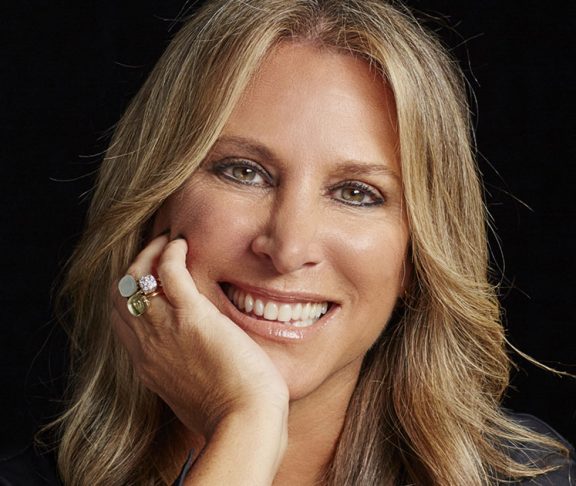Shelley Zalis, CEO of the Female Quotient, speaks on the importance of equality in the workplace.
When it comes to equality in the workplace, how does that effect company culture?
Equality helps create a culture of care and belonging where workers feel safe speaking up; regardless of gender, race, age or sexual orientation. When you feel like you belong somewhere, your work ethic improves because you feel like it’s your company, too.
Rather than just admiring the problem, we have to make step change. You can’t just say that you’re committed to equality if you’re not taking action steps towards equality.
Also, it’s not only the top leaders who are responsible for advancing equality in the workplace; equality is everyone’s responsibility. Change doesn’t start from top-down leadership; it happens at every level.
How can equality in the workplace improve employee engagement?
Equality helps attract and retain the best talent — especially for millennials who have equality in their DNA and want to work for companies that create cultures of care.
The best way to ensure that we have a culture of equality is to do life-stage profiling for every employee, because we all have different needs at different stages of our lives. For example, we need different things when we have small children versus when we’re caring for aging parents. If we can create policies that reflect life stage needs, we will have higher attraction and retention rates and increased employee satisfaction.
Can you provide some examples of companies that are getting this right in terms of equality in the workplace?
Every company is at different stages in their equality journey. Transformation happens in steps, and we need to create measurements for accountability in order to get there.
The Female Quotient uses four key vitals to measure the equality health of a company, which are outlined in the Modern Guide to Equality. They are:
- Parity, which includes closing the wage gap and ensuring that all employees have equal opportunities, such as by adjusting strategies for hiring and retaining female talent.
- Advancement, such as by creating access to mentors and sponsors, and coaching where we are not trying to “fix the women” but also coaching men.
- Leadership, with an emphasis on values of inclusivity, communicating those values and having accountability around equality and diversity initiatives.
- Culture, and how to rewrite the rules for a new workplace culture that goes beyond textbook training.

